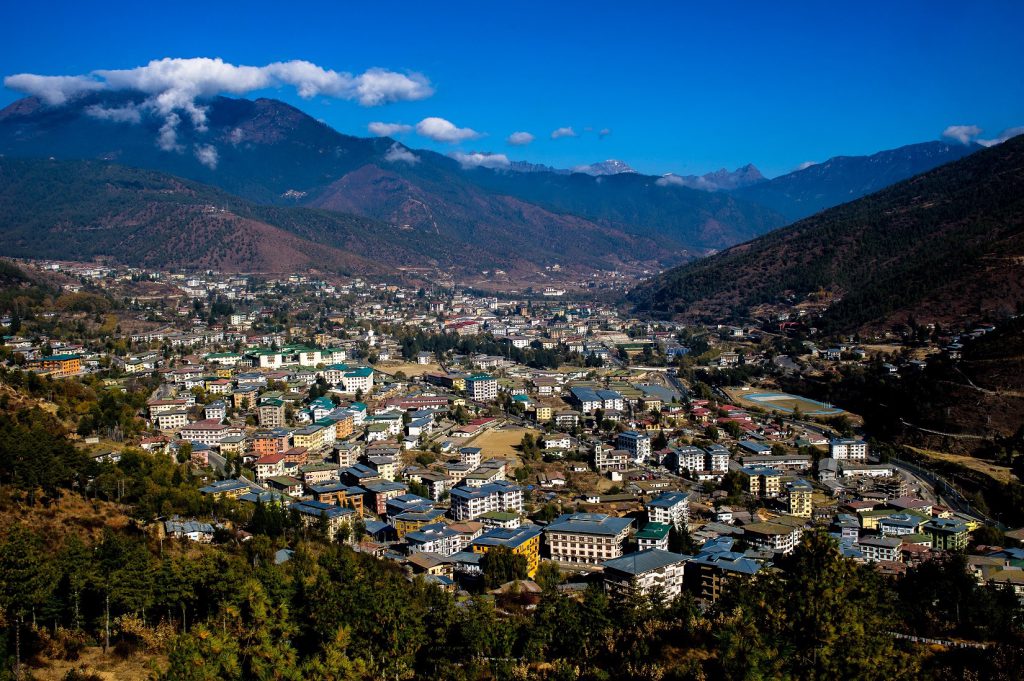Transformative initiatives focus on five priorities including technology, infrastructure, energy, water, and food, unlike the economic roadmap that had several priorities
It has been three years now since the formation of a national task force to work on Bhutan’s 21st-century economic roadmap. The task force submitted a draft to the Gross National Happiness Commission Secretariat (GNHCS) for onward submission to the government, last year.
However, with the new transformative initiative coming in soon after, the 21st-century roadmap has lost all steam. Nonetheless, important aspects of the road map are being included in the new transformation initiatives.
A task force member of the economic roadmap said there were so many priorities in the economic roadmap. “Now, the focus is on five priorities including technology, infrastructure, energy, water, and food,” he said adding there are 11 transformative initiative committee members.
“From April 10 – May 15, 2022, the transformative committees worked on the 5th draft. It consisted of around 190 pages of documents,” he shared adding that everything has to revolve around these five priorities and it has to be supported by systemic reforms and civil servant reforms.
Some of the drivers of the economic roadmap are manufacturing, agriculture, cottage and small industries, including culture and creative industries. The draft documents of the 21st-century economic roadmap had set a target to achieve a high-income nation status by 2030.
In addition, governance and ecosystem, human capital and infrastructure, and technology were three key thematic elements that will define the characteristics of the 21st-century economy.
It was on January 24, 2020, that the national task force and about five independent groups of diverse backgrounds came together to work on the roadmap, one of the key messages that emanated from the royal address on the National Day.
The groups consisted of representatives from within and outside the government, financial institutions, planners, business individuals, and developmental partners, among others. It was then reported to the high-level round table committee.
Though the economic road map has technically been removed, another member of the transformative committee said that the roadmap urged them to look at not only reforming the education system but also incorporating new techniques to upskill the existing workforce.
“To provide a supporting platform for economic activities to thrive and have the potential to transform the economy by accelerating growth and creating employment,” he shared.
Meanwhile, the transformative initiatives have also considered hydropower as a strategic input and resource and further harnessed it to drive the manufacturing and other sectors like advancing frontiers of capabilities in hydropower-related industries.
In addition, it has also considered construction and infrastructure as strong drivers as well as an enabler of economic growth to generate revenue, employment, creation, and capital formation.
“The programs and targets of this initiative are similar to that of the economic roadmap, which aims to make Bhutan a developed country in the next 10 years,” the Committee member said, adding the priority sectors and the focus of the initiatives are a little different from the economic roadmap.
Meanwhile, FY 2022-23 is the last budget year of the 12th five-year plan and the country’s graduation from the category of Least Developed Countries (LDC) is also part of the transformation process.
In addition, transformative initiatives are expected to enhance economic revival for macroeconomic stability.
Kinley Yonten from Thimphu












